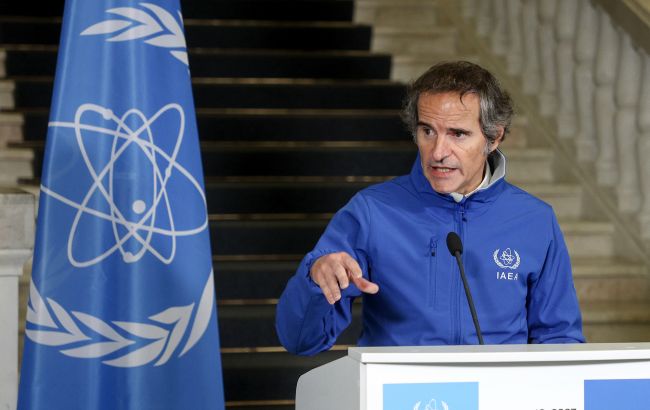The Zaporizhzhia Nuclear Power Plant, the biggest in Europe, occupied by Russian forces since March 2022, remains completely shut down, with all six reactors in a cold shutdown state.
In an interview with Reuters, IAEA Director General Rafael Grossi emphasized that restarting the plant is not feasible under current conditions.
The key issues are an unstable power supply and, more critically, a lack of cooling water, which is essential for the safe operation of nuclear reactors.
“We are not in a situation of imminent restart of the plant. Far from that, it would take quite some time before that can be done,” Grossi said.
He explained that to bring even a single reactor back online, it would be necessary to install a new pumping system to draw water from the Dnipro River and inspect all equipment that has remained inactive for nearly three years.
Currently, IAEA missions access the plant from Russian-occupied territory, as Moscow no longer guarantees the safety of international experts entering from the Ukrainian side, as was previously the case.
Meanwhile, Greenpeace reports that Russian forces are building a new power line along the Azov Sea coast to connect the plant directly to Russia’s power grid. This may signal preparations to restart the plant independently, bypassing Ukrainian oversight.
In response, Ukraine has sent a formal diplomatic note to the IAEA, stressing that any attempt to restart the plant without authorization from Ukraine’s nuclear regulatory authority is illegal and poses an unacceptable threat to nuclear safety.




